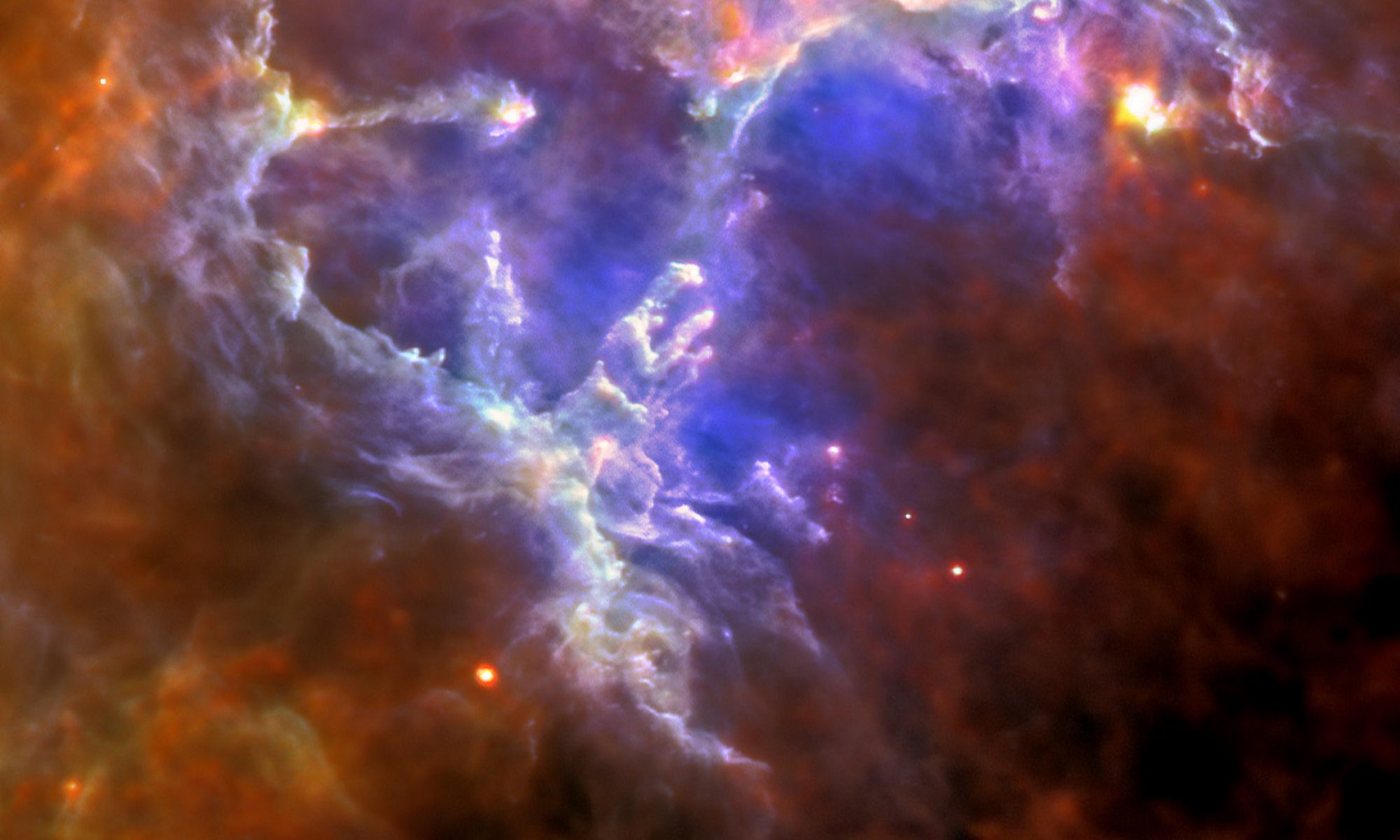Voyager 1 has been flying for 40 years. It is NASA’s farthest and fastest spacecraft, the only human-made object in interstellar space. As you know already, its attitude control thrusters orient it so it can communicate. These thrusters fire in tiny pulses, or “puffs,” lasting mere milliseconds, to rotate the spacecraft to keep its antenna pointed at Earth. But it is developing a problem.
After almost 40 years of use, those thrusters have been degrading. Over time, the thrusters require more puffs to do the same amount of work. They’re wasting precious fuel! At 13 billion miles from Earth, its not like there’s a mechanic shop nearby to get a tune-up and top off the tank. What to do … what to do?
The Voyager team assembled a group of propulsion experts at NASA’s Jet Propulsion Laboratory to study the problem. They came to an unusual solution: Try giving the attitude job to the trajectory correction maneuver, or TCM thrusters. They are identical in size to the attitude control thrusters, and are located on the back side of the spacecraft. But the TCM thrusters are used in a more continuous firing mode; they had never been used in the brief bursts necessary to orient the spacecraft. Worse, they had not been used since the Saturn flyby November 8, 1980! THIRTY SEVEN YEARS!!! Will they even work???
There’s only one way to tell. “The Voyager flight team dug up decades-old data and examined the software, coded in an outdated assembler language, to make sure they could safely test the thrusters,” said Chris Jones, chief engineer at JPL.
On Tuesday, Nov. 28, 2017, Voyager engineers fired up the four TCM thrusters and tested their ability to orient the spacecraft using 10-millisecond pulses. The team waited eagerly for the test results. And waited. And waited for more than a day and a half. You see, the test orders traveled 19 hours and 35 minutes to get from Earth to the spacecraft, the test itself lasted mere seconds, and then test results traveled back to Earth for 19 hours and 35 minutes.
Lo and behold, on Wednesday, Nov. 29, they learned that, not only did the TCM thrusters work perfectly, they worked just as well as the attitude control thrusters. “The Voyager team got more excited each time with each milestone in the thruster test. The mood was one of relief, joy and incredulity after witnessing these well-rested thrusters pick up the baton as if no time had passed at all,” said Todd Barber, a JPL propulsion engineer.
So now, the plan going forward is to switch to the TCM thrusters in January. To make the change, Voyager has to turn on one heater per thruster, which requires power — a limited resource as the aging atomic power supply’s Plutonium 238 decays away. When there is no longer enough power to operate the heaters, the team will switch back to the attitude control thrusters.
The thruster test went so well, the team will likely do likewise with Voyager 2, when its thrusters degrade as much as Voyager 1’s have. Voyager 2 is on course to enter interstellar space, likely within the next few years.
The Voyager spacecraft are a part of the NASA Heliophysics System Observatory, sponsored by the Heliophysics Division of the Science Mission Directorate in Washington. For more information about the Voyager spacecraft, visit:
